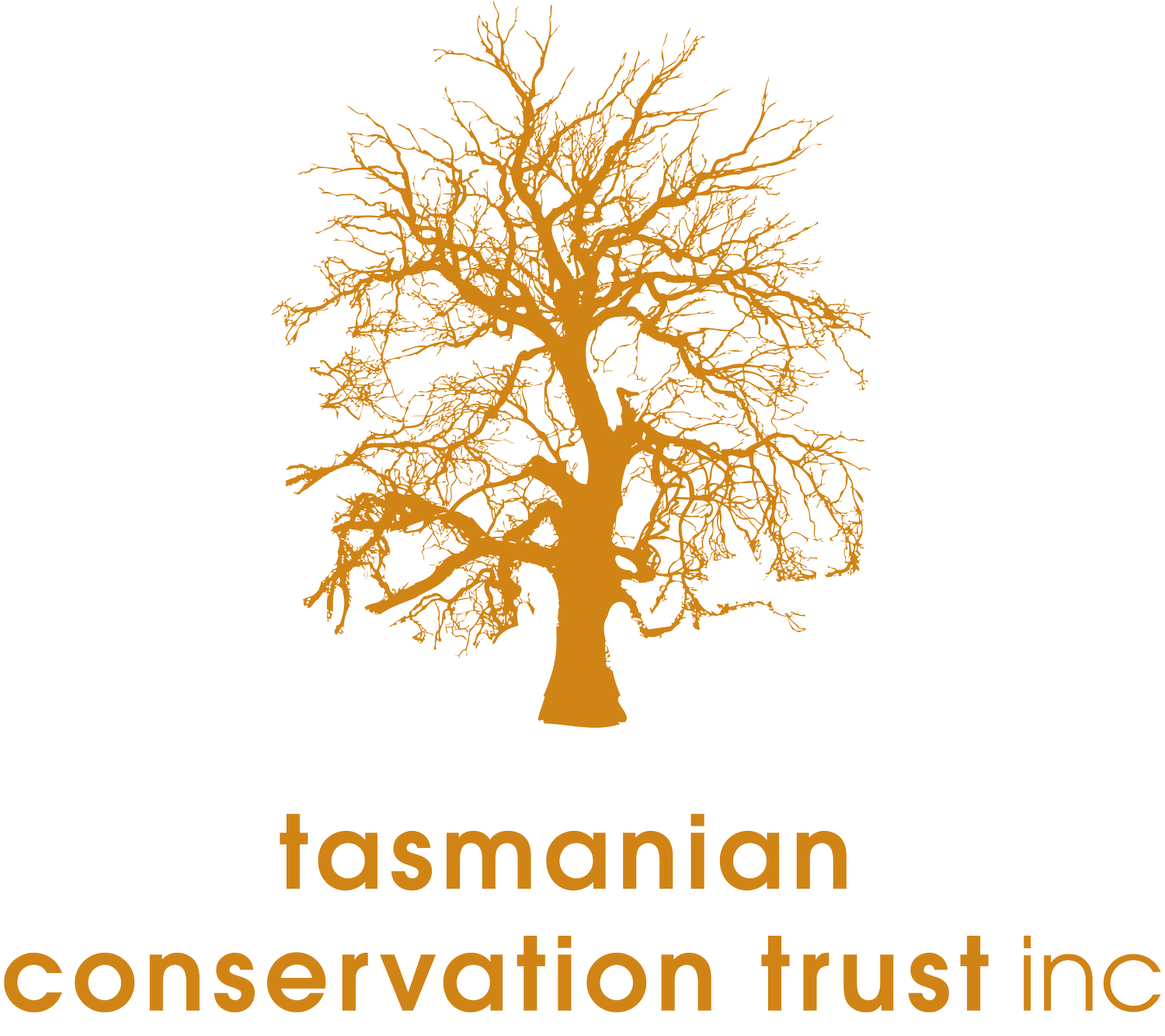Legislative changes recently introduced by the State Government will leave clearing of native vegetation unregulated or poorly regulated in some areas of the state, exposing even the most endangered vegetation communities to destruction.
Grasslands update February 2010
It is now six months since the Minister for the Environment, Peter Garrett, listed Tasmanian Lowland Native Grasslands on the EPBC Act and we are finally starting to see the public debate calm down and the Australian Government take action to implement the listing. Attempts by the Liberal Party to have the listing disallowed in the Senate failed when the government and Green senators joined forces. Although some farming interests still believe the listing can be overturned or amended, to exclude former grassy woodland that has lost its tree cover, this is highly unlikely to succeed.
Swift parrot update February 2010
Thank you to all the TCT members who responded to our request in the last newsletter to write to Minister David Llewellyn calling for protection of swift parrot habitat. In reply to the TCT’s letter, and in our recent meeting, the minister has made it clear he believes the interests of Forestry Tasmania and loggers on private land come before the swift parrot.
Save the Tasmanian Devil Program
In the last edition of the Tasmanian Conservationist we ran an article, ‘Questions regarding the Save the Tasmanian Devil Program’ (STDP). This was based on the TCT’s 1 September 2009 letter to the Manager of the STDP in which we asked a series of questions related to the performance of the program, and in particular the insurance population for the species. We wrote this letter seeking information because the Save the Tasmanian Devil Program Stakeholder Reference Group, on which we are represented, has not met since November 2008 despite us making several requests for a meeting.
Delivering 1080 Alternatives in 2010 and Beyond?
‘1080 poison is a metabolic poison which, when ingested, interferes with the energy-producing cycle that takes place within an animal’s cells. The active ingredient of 1080 poison is sodium monofluoroacetate. This compound is one of many that have evolved in plants as a protection mechanism against browsing.’
Proto Resources’ Dans Hill Nickel Mine is a nightmare
Proto Resources’ Dans Hill Mine proposal is for a 210ha open-cut nickel mine, half of which is within the Dans Hill Conservation Area (see map). Mining this area would result in the destruction of half of the known population of the nationally listed critically endangered herb Tetratheca gunnii, possibly Tasmania’s most endangered plant species. But wait, there’s more. One hundred hectares of the proposed mining area was purchased in 1999 – 2000 with Australian Government funds through the Private Forests Reserve Program specifically to protect Tetratheca gunnii.
Rock Lobster Fishery in Peril
The rock lobster fishery is one of the most lucrative and well-resourced and managed fisheries in Tasmania, and yet it is on the verge of calamity, and no one seems particularly keen to do anything about it.This is not the first time that the rock lobster fishery has been in crisis. In the 1990s a new quota system was introduced in an attempt to make the commercial fishery more sustainable and more economically viable. Until a few years ago this appeared to be working and the biomass was slowly increasing, despite the catch being set at an optimistically high level.
Phil Anstie newly elected President of the TCT
I became a councillor and treasurer of the TCT in 1996. At that time, I was treasurer of the Tasmanian Environment Centre, now known as Sustainable Living Tasmania, and also treasurer of the local landcare group. Neither took a great deal of time and effort on my part, so when I was approached by Michael Lynch (former Director of the TCT) to replace Helen Hortle as treasurer, I was pleased to accept.
D-Day approaches for the Swift Parrot
It is heartening to be able to report that progress has been made in recent months towards protection of swift parrot breeding habitat from logging. Not surprisingly, there has been resistance to these changes and we must continue to fight to stop the logging industry and Forestry Tasmania (FT) from clawing back the gains.
Save the Tasmanian Devil Program October 2009
The Tasmanian Conservation Trust is represented on the Tasmanian Devil Program Stakeholder Reference Group. This is our prime means of obtaining information about the Save the Tasmanian Devil Program (STDP) and providing advice or asking questions. Unfortunately, the Stakeholder Reference Group has not met since November 2008 and our attempts to instigate a meeting of this group have been unsuccessful.
Energy Efficiency in Housing
There have been recent suggestions that energy efficiency ratings for new housing be increased from 5-star to 6-star.This is fine, but in determining ratings little or no consideration is given to orientation or layout of the building, apart from areas of glazing in the various compass sectors, or the application of passive solar principles. Most of the emphasis seems to be on preventing artificially created heat from escaping from the building.
Co-existing with Little Penguins in the Derwent Estuary
Largely due to the efforts of the Derwent Estuary Program Little Penguin Program hosted by the Tasmanian Conservation Trust over the past five years, the numbers of little penguins in the Derwent estuary have steadily increased. Monitoring has revealed that breeding pairs now number around 180, while five years ago there were 98 pairs.


